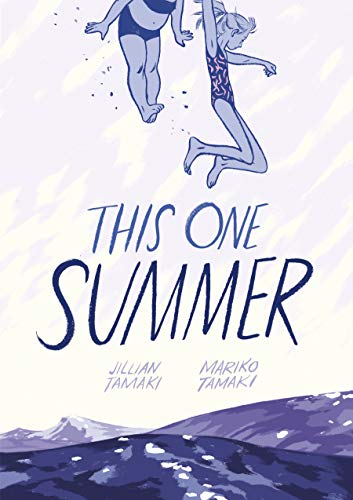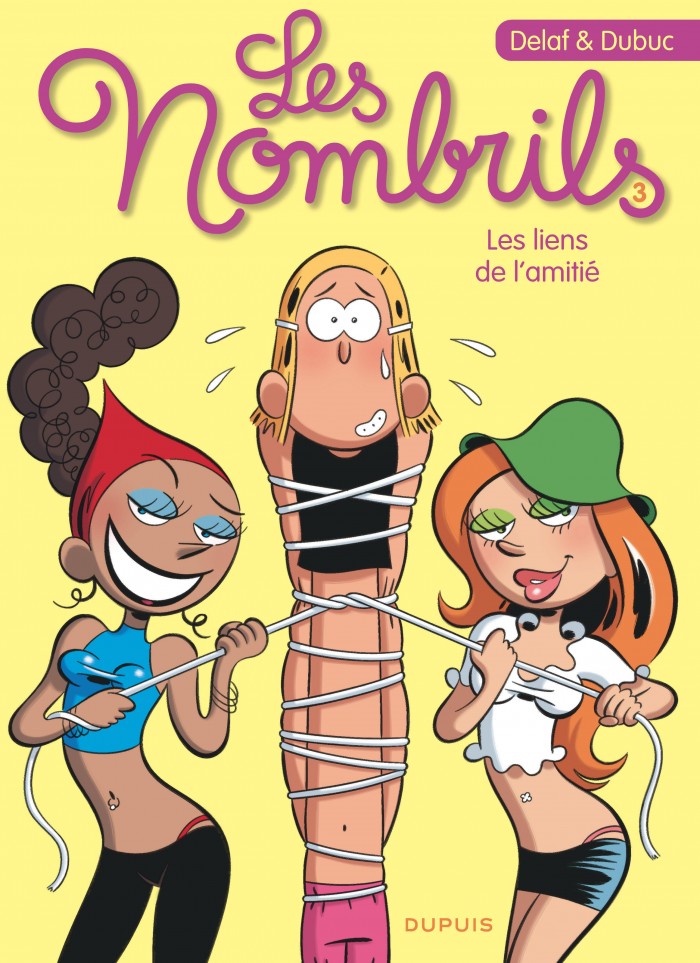
This week, February 21 – 27, is Freedom to Read Week in Canada. Organized by the Book and Periodical Council, Freedom to Read Week “is an annual event that encourages Canadians to think about and reaffirm their commitment to intellectual freedom, which is guaranteed them under the Charter of Rights and Freedoms.”
This year several graphic novels made it to their feature “35 Challenged Publications.” The list includes Betty: The Helen Betty Osborne Story by David Alexander Robertson and Scott B. Henderson, This One Summer by Jillian Tamaki and Mariko Tamaki, Marie Tempête: Le secret d’Emilie by Patrick Cothias and Pierre Wachs, and Les nombrils by Marc Delafontaine and Maryse Dubuc.
Much like the United States, many of these books were challenged and banned at the school and library level. To help combat censorship, it is part of CBLDFs mission to educate the community about the importance of the comic arts. CBLDF provides support resources to educators and librarians to utilize graphic novels in their curriculum and defend their use if they come under attack.
Whether you are in Canada or not, it is a good time to reflect on our rights and reaffirm our commitment to intellectual freedom in the comic arts!
You can find Freedom to Read Week’s “35 Challenged Publications” here, and the graphic novel selections below.
You can find further information about Freedom to Read Week here.
Betty: The Helen Betty Osborne Story by David Alexander Robertson

Helen Betty Osborne, known as Betty to her closest friends and her family, dreamed of becoming a teacher. She left home to attend residential school and later moved to The Pas, Manitoba, to attend high school. On November 13, 1971, Betty was abducted and brutally murdered by four young men. Initially met with silence and indifference, her tragic murder resonates loudly today. Betty represents one of almost 1,200 Indigenous women in Canada who have been murdered or gone missing. This is her story.
In 2018, this Graphic Novel was placed on a “not recommended” list for teachers due to its “graphic representation of sensitive content.”
This One Summer by Jillian Tamaki and Mariko Tamaki

Using Graphic Novels In Education: This One Summer
Every summer, Rose goes with her mom and dad to a lake house in Awago Beach. It’s their getaway, their refuge. Rosie’s friend Windy is always there, too, like the little sister she never had. But this summer is different. Rose’s mom and dad won’t stop fighting, and when Rose and Windy seek a distraction from the drama, they find themselves with a whole new set of problems. One of the local teens – just a couple of years older than Rose and Windy – is caught up in something bad… Something life threatening.
It’s a summer of secrets, and sorrow, and growing up, and it’s a good thing Rose and Windy have each other.
This challenge comes from Minnesota but was included in the list because it is a Canadian work. CBLDF worked with National Coalition Against Censorship’s Kids’ Right to Read program to have this book reinstated in a Henning, Minnesota school library. It was originally banned on a parent complaint of inappropriate language and situations.
Marie Tempête: Le secret d’Emilie by Patrick Cothias and Pierre Wachs

Marie-Tempête has learned to live with revolt in her heart and the independence of one who has never known her real parents.
Torn between her peasant roots and the intrigues of the nobility, torn by the relentless desire to discover the secret of her origins, she will assert her fierce energy throughout this episode …
In 2001, an organization was able to ban all works from libraries that “trivialize and/or condone acts of sexual aggression or sexual violence.” Marie Tempête was one of 180 books targeted this way. In 2002, public outcry prompted a return to the shelves.
Les nombrils by Marc Delafontaine and Maryse Dubuc

The bonds of friendship are unbreakable. But with Jenny and Vicky as her friends, poor Karine is finding a different meaning to the word. The two selfish beauties don’t like it that she’s got Dan now, and when they turn on each other over John John, everything seems to break down in the life of the Bellybuttons.
In 2009, this comic series was pulled from circulation in a school for troubled teens. The administration was concerned it contained triggering content for several students. The series was returned to the shelves after those students graduated.